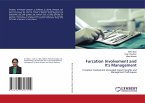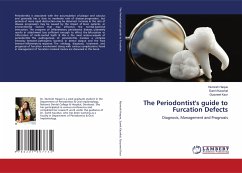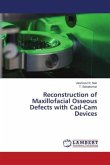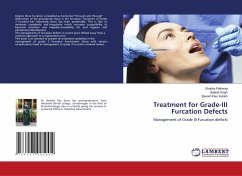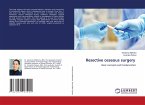Periodontal osseous defects are a frequent sequela of periodontitis. Diagnosing their presence and establishing their morphology before surgical access requires a careful clinical examination combined with diagnostic quality radiographs. This poses a clinical challenge that should not be underestimated. The treatment of intrabony defects using conservative approaches including access flaps is expected to produce an average gain of probing attachment of close to 2.00 mm. The defects may be filled with new bone for approximately 1.5 mm without the placement of grafts. This bone-fill does not automatically implicate the generation of new attachment to the root surface. The defect size profoundly affects the treatment outcome for both probing attachment loss gain and bone-fill values. Further, the angle between the root surface and the bony wall of an intraosseous defect represents another important factor in the healing process. Defects on root surfaces without furcation appear to have better chances of healing than defects associated with furcation. Also, the postsurgical supportive care appears to be one of the most important determining factors for positive treatment outcomes.
Bitte wählen Sie Ihr Anliegen aus.
Rechnungen
Retourenschein anfordern
Bestellstatus
Storno



